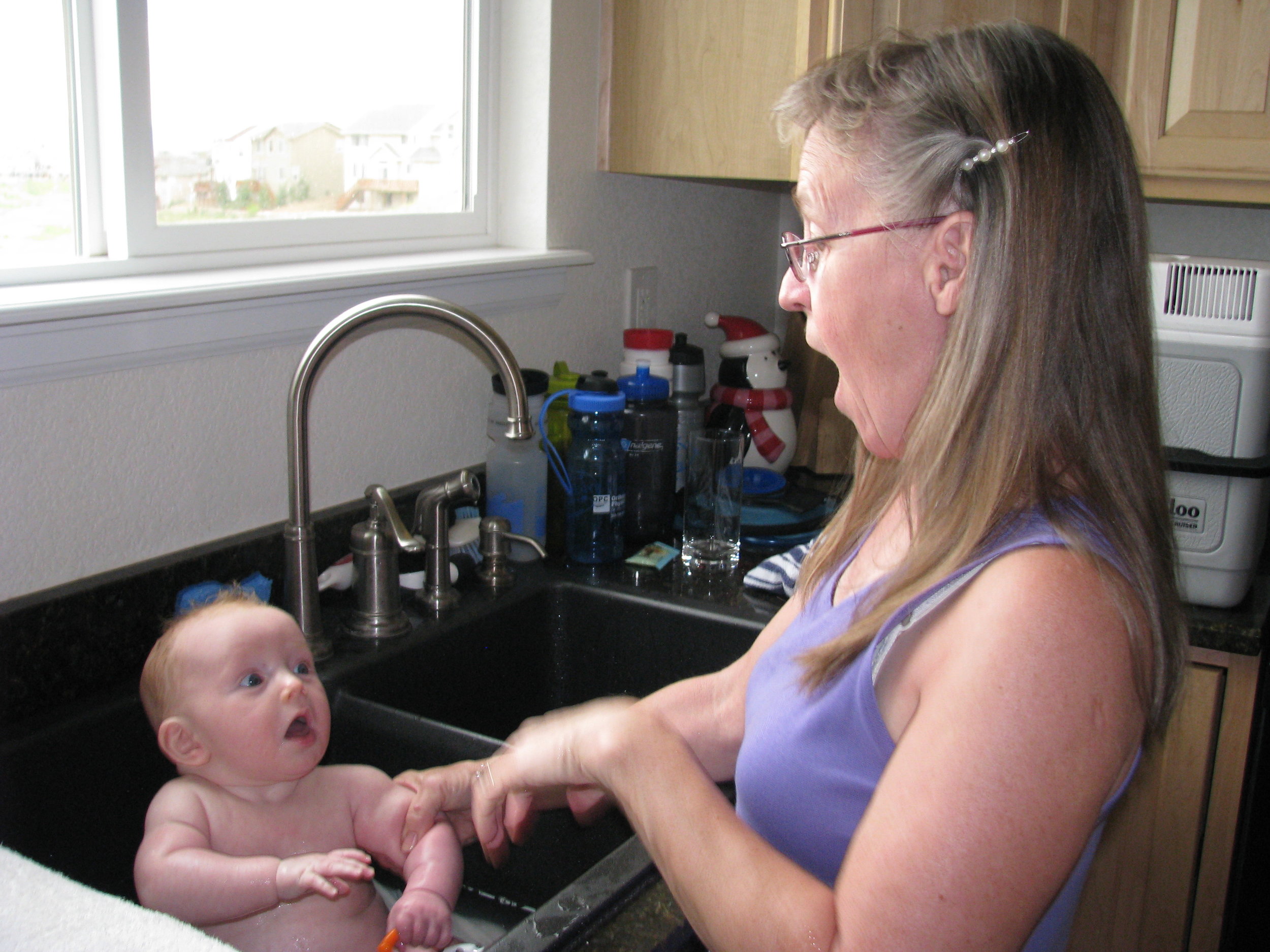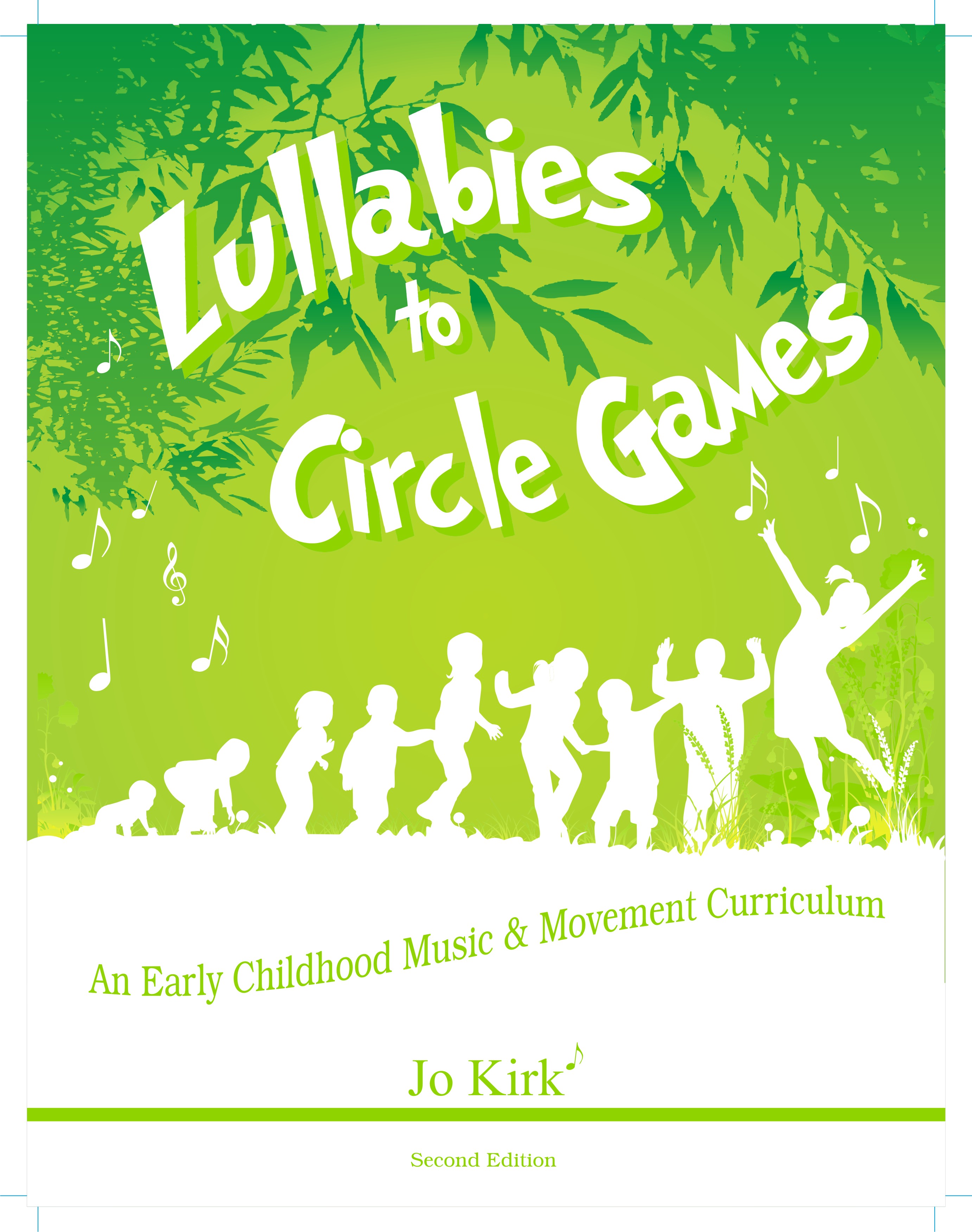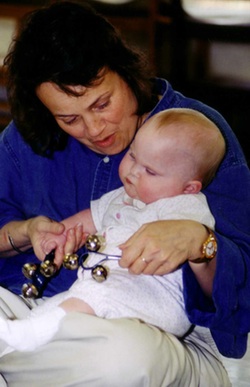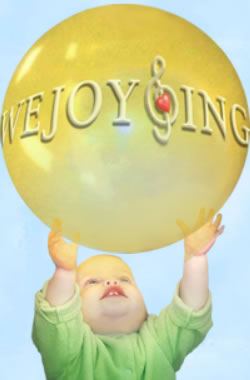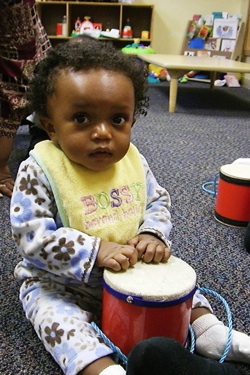Children Tugging at Our Heart Strings
/tHE SONG MAKES ME FEEL SAD
Just about everything we do at WeJoySing is JOYFUL. Purposely. It’s what we do. Why, it’s even our middle name! But sometimes life is not all joy. Sometimes life stinks. And, music can be there for us in those times, too. In fact, there is a whole genre of music called “The Blues.”
During the holiday session, I was singing a lullaby to a class of babies. Lullay, thou little tiny child… (it’s in a minor key). An older sibling attending the class, left the circle during that song. I thought, “No big deal, maybe she needs to go to the bathroom.” When she returned, I noticed she had been crying. I asked what was wrong. Articulately, the little three-year-old replied, “That song makes me feel sad.” I love that music is so multi-faceted: that it is both mathematical and soulful, both deep and playful. Lullabies especially bring out the emotional side of music, they often have a slow tempo and sometimes are in a minor key.
pROTECTING WITH LOVE
As parents, we try to protect our kids, even ourselves, from heartbreak. We don’t want our children to hurt. That’s why everyone gets a trophy and a valentine. In my family, my husband put his foot down! We were never getting a dog because of the pain he experienced when his childhood dog died. His pain was so huge; he never wanted our kids to feel that pain. But I’m going to let you in on a secret: not all of life is sunshine and roses. There will be pain. There will be gray skies. There will be sadness. As much as we try to protect our children from it, sometimes they will hurt. But I say, embrace the pain. Label the hurt as an authentic feeling. Sing some blues. Have a good cry. THEN … turn the page. Look for the rainbow. “Weeping may endure for the night, but JOY comes in the morning.” (Psalm 30:5) In my WeJoySing class, that sad little three-year-old asked, “So can we sing a happy song now?”
mUSIC HELPS CHANGE US THROUGH SADNESS
Anger sometimes happens, too. Music can help us express and work through that as well. For example, during the holiday session, we met a character named Sam. Sam didn’t like to wait. It took a long time for his cakes to bake. So, while he waited, he sang a little song. Wait, Sam, wait, Sam, do di diddle um, do di diddle um. But he REALLY didn’t like to wait. In my classes, he folded his arms across his chest, stomped his foot, put in his angry voice, and sang, Stomp, children, stomp, children, do di diddle um, do di diddle um. But then, guess what? The timer on the oven rang. The waiting was done. He ran JOYFULLY to get his cakes! He made it through the hard time!
MEET “ROSIE!!”
Most often, hard times make us grow stronger. Do we like struggles? No. Do we wish pain for our kids? No. But if we never take the risk, we will never see the view from the top of the mountain. Dare to open up. Try something new. Put your heart out there. Feel the Feels. And surround yourself with music every step of the way.
PS: We got a dog this year. 😊
La La’s and Love
Mrs. Julie





